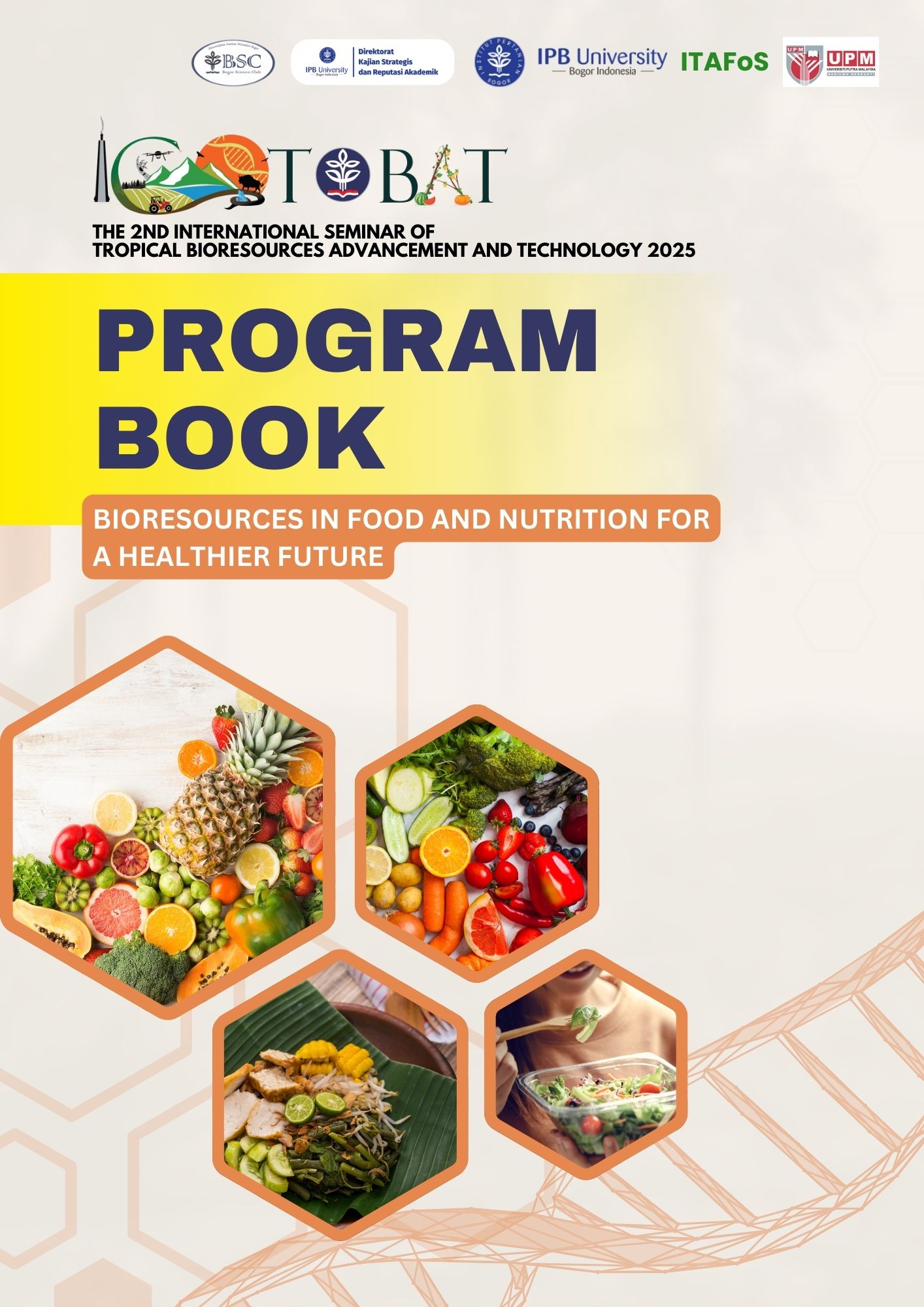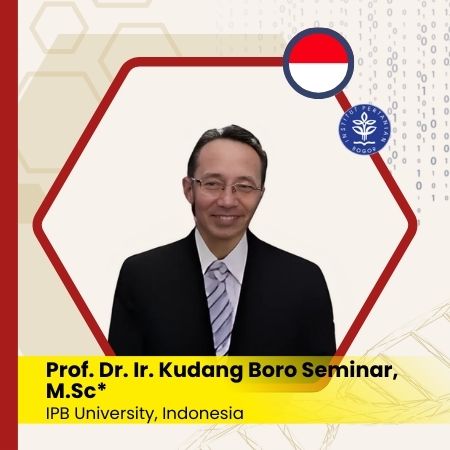Quantification and classification of food waste from hotels and restaurants in Bali as a potential database towards sustainable food waste management
Keywords:
Food Waste, quantification, classification, hotel, restaurant, databaseAbstract
Bali is globally recognized as a prominent tourist destination, which results in substantial food waste generated by hotels and restaurants. However, there has yet to be a scientific study or report on the quantity and classification of this waste. This research aimed to gather quantitative data and categorize the types of food waste produced by hotels and restaurants in Bali. The research design included purposively selecting the population and sample, utilizing questionnaires for data collection, analyzing the data, and presenting the results descriptively. The findings revealed that hotels generate significantly more food waste than restaurants across various categories. On average, hotels produce approximately 2,137.20 kg of food waste per month. The largest amounts of waste originate from cooking oil (386.40 kg per hotel per month), vegetables (295.20 kg), and meat (271.20 kg). In comparison, restaurants generate an average of 1,634.88 kg of food waste per establishment each month, with the most substantial quantities coming from fruits (741.46 kg per restaurant per month), shellfish (417.00 kg), and fish (177.60 kg). These findings underscore the importance of effective food waste management in hotels and restaurants in Bali, as they present significant opportunities for developing various value-added products.






























